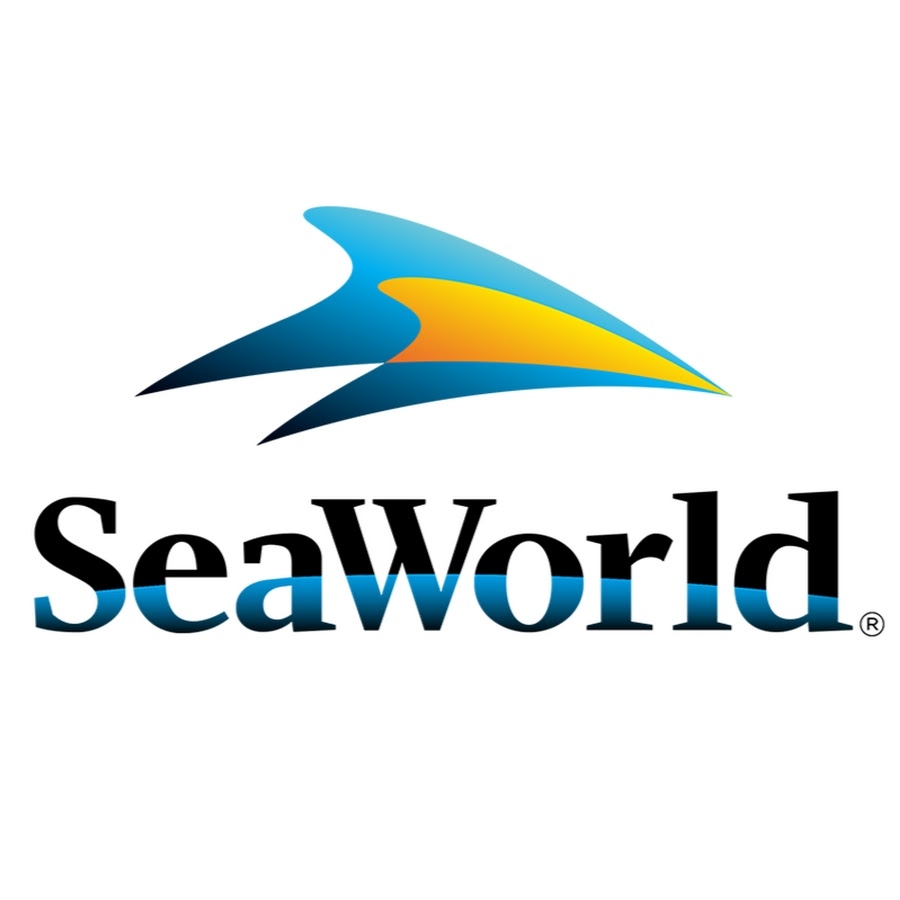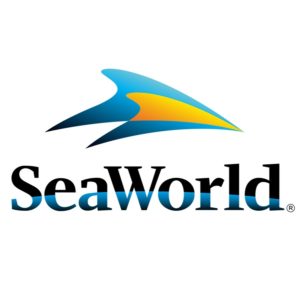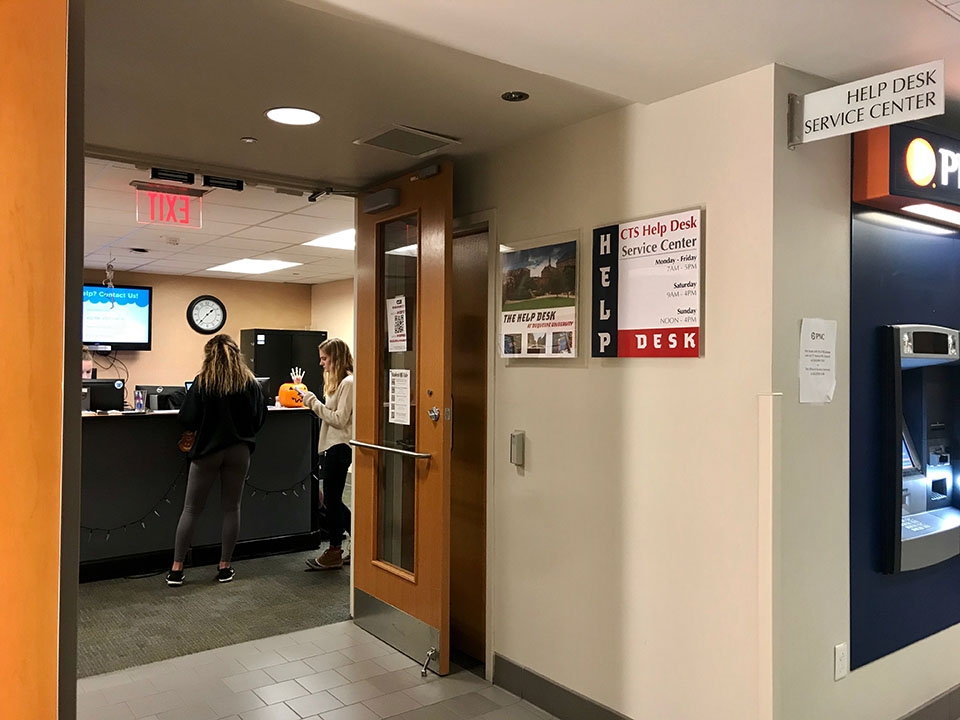

In 2013, a film called Blackfish was released, detailing acts of cruelty committed against marine animals at SeaWorld parks.
Rachel Pierce | Staff Columnist
04/19/2018
Correction: The original run of this article erroneously attributed stated opinions to the entire San Diego Union-Tribune, when in actuality the opinion was expressed in a Letter to the Editor. The piece has been updated to reflect this correction.
A Letter to the Editor published in The San Diego Union-Tribune offers a controversial request of its readers: “San Diegans should step up for SeaWorld.” It is urging locals to save the business from its plummeting attendance. I wonder if the authors know anything about SeaWorld, like the fact that 92 percent of SeaWorld’s captive Orca whales die prematurely.
“Come on people. If you like SeaWorld but just don’t take the time to go once in a while, you should make the time before attendance falls to a point where they have to close the park,” The letter urges.
The piece offers no factual basis; rather, it is a short plea for San Diegans to push aside what they’ve heard about SeaWorld and “Experience it” themselves. Sure, you can go experience it. Or I can just explain where all the burns and open cuts on the Orcas come from.
The only accurate point the article provides is that attendance is down. The Guardian reports that profits dropped 84 percent, but CEO Joel Manby is set to drive attendance. “We will continue to fight with facts, because the facts are on our side.” Okay, let’s talk about the facts.
The Whale and Dolphin Conservation reports that Orca whales must swim the perimeter of their tanks 1,400 times each day to match the distance they would swim if they lived in the wild. The lack of space not only accounts for the deterioration of physical health, but also mental. Whales become aggressive with each other, imprinting each other with tooth rakes. Raking is when another whale slices the skin of another whale with their teeth. Female whales often work together to attack the less agile male whales. Outside of captivity, whales have miles upon miles to ease tension — not in a glass tank.
The small tanks also account to the hyper aggression, whale on whale violence and killing that is nonexistent in the wild. In 1988, Orlando’s killer whale Kandu broke the jaw of another whale Corky, cutting an artery in her head and she bled to death. This is not evident in the wild. Though a dramatic image of captivity, imagine how we would change from years of confinement.
As for the height of the tank, the 40-feet deep tank does not offer protection from the sun. In the wild, they spend most their time deep under the water, protected from the sun. Most whales at SeaWorld are burned. To cover their pain from the public, PETA states that SeaWorld lather the burns with a black paste, or zinc oxide. Ouch.
But come on, get off your couch and support this failing business.
The design of the small tanks allows tourists to see the animals better. People would not be able to get a good look if the tanks were deeper or permitted space between whales. SeaWorld is not for the wellbeing of their animals, but for profit. If SeaWorld stood for the whales, the tanks would be bigger.
In an attempt to recover from plunging attendance rates, SeaWorld’s new marketing stance is conservation. The Whale and Dolphin Conservation reports that only .06 percent of profits go toward conservation. However, the Morningstar reports SeaWorld collects a 5.79 percent profit, as of December 2017. In other words, for every $100 of profit, not even a penny funds conservation. Proportionally, the profit margin to how much goes to conservation is a slap in the face.
In addition, trainers are not biologists, nor do they have previous experience with animals or animal behavior. They are performers. Just about anyone can become a SeaWorld “trainer.” Sure, they learn how to care for the whales and they do develop a bond with the animals. The whales could be with experienced trainers, but that would cost the parks more. Just like the size of tanks, the focus is on performance, not care or putting the animals first. SeaWorld can claims it works for the animals, but its actions do not reflect this.
As the conversation of captivity turns to psychosis, it is important to note the family structures of whales. Onegreenplanet.org reports that Orcas may be more emotionally intelligent than humans. MRI scans show the part of the brains dealing with emotions is more developed than in humans. Many scientists conclude that Orcas have a deeper connection and understanding of those around them. They identify as part of a group, rather than an individual. When fishermen rip one from a pod, it causes unimaginable stress to the whales.
This connection is evident in mass beachings, and whales stay and suffer with one another. When a whale is caught for captivity, its pod remains, surrounding the fishing boat. Fathers and calves remain with the mothers their entire life. Understanding their engraved connection with each other, it would be plausible to think that SeaWorld would keep families together. But keeping families together is the last thing SeaWorld seems to be concerned about.
The separation of a mother and calf was recorded in the 2013 documentary Blackfish. The documentary explains the events that lead to psychosis in captive Orca whales. In the film, former SeaWorld trainer Carol Ray recalls the night that a mother, Kasatka was separated from her calf. “[Kasatka] in the corner of the pool, literally shaking and screaming, screeching crying. There was nothing you could call that besides grief.”
The noises were so disturbing, a senior researcher was called to analyze the vocals.
“She was trying something that no one had even heard before, looking for Takara. That’s heartbreaking,” says John Hargrove, a former SeaWorld trainer. The calf was removed from the mother because she was disrupting shows, potentially inhibiting profit at the gate. So why is the San Diego Tribune calling San Diegans to support a business, that deliberately manipulates and distresses these animals that are potentially more emotionally complex than us?
“Don’t let one group of activists be the only influence that drives you,” plead the letter. This I do agree with. Let facts influence your decision, allow morals to influence your decision. It’s not our obligation to save a business surviving on taking animals that aren’t ours to take and cramming them in tanks for the rest of their lives.




